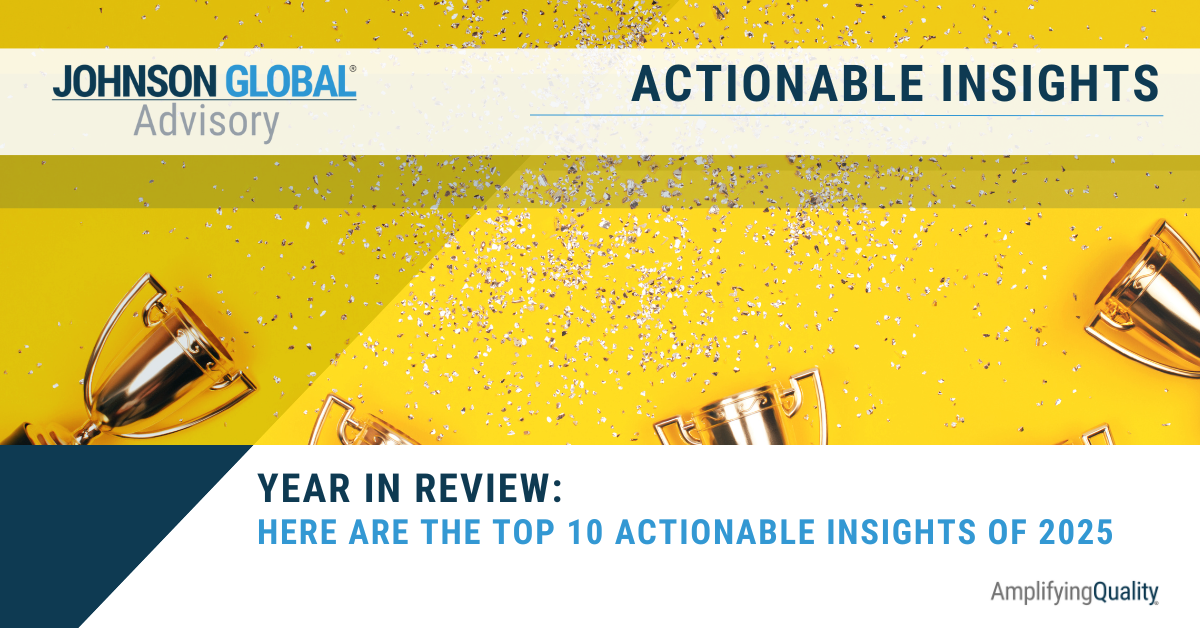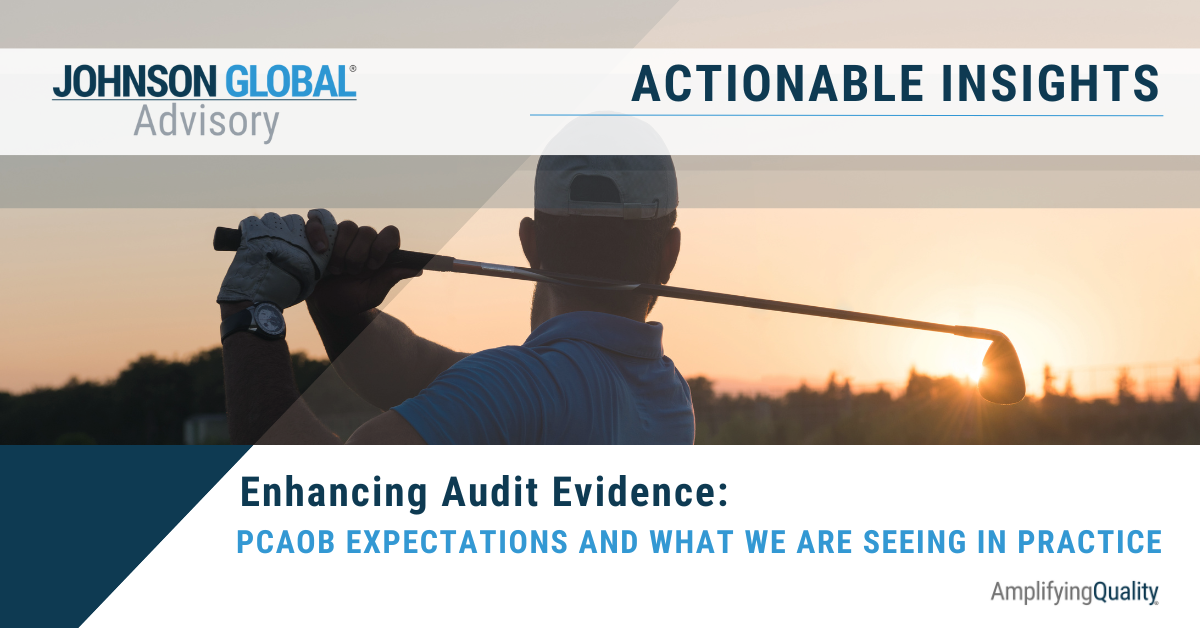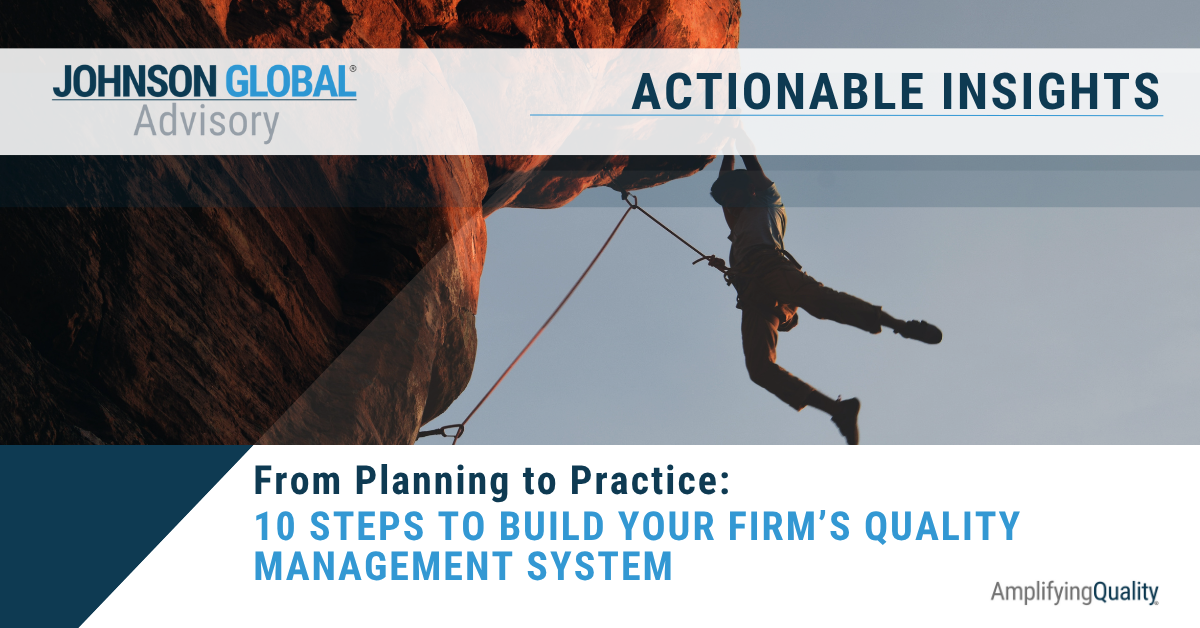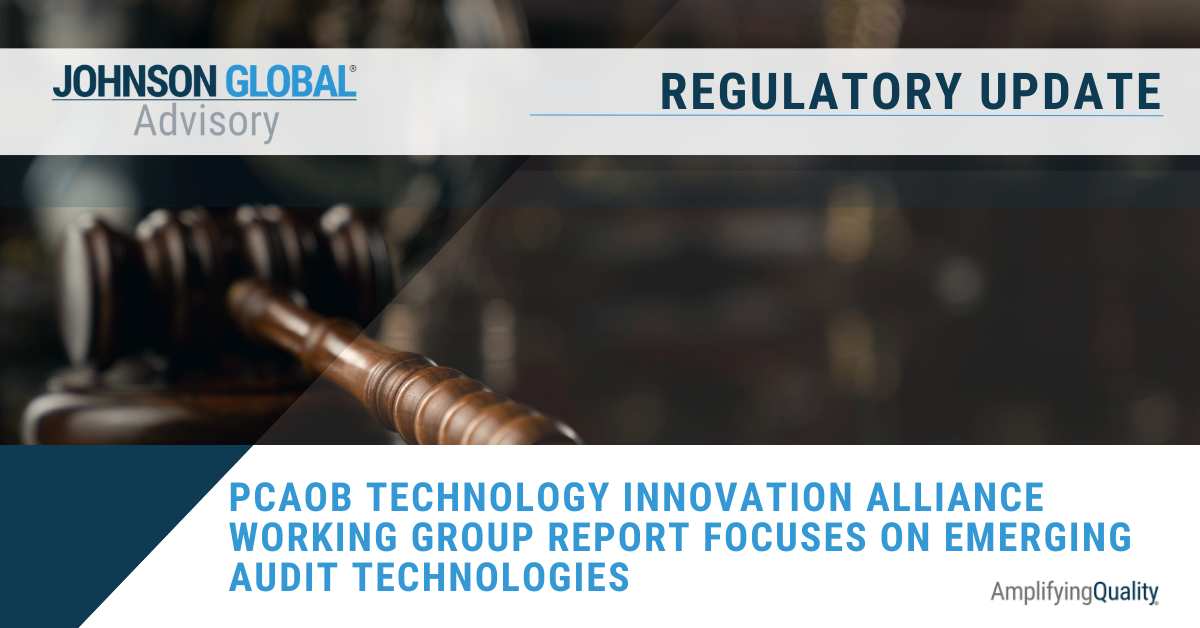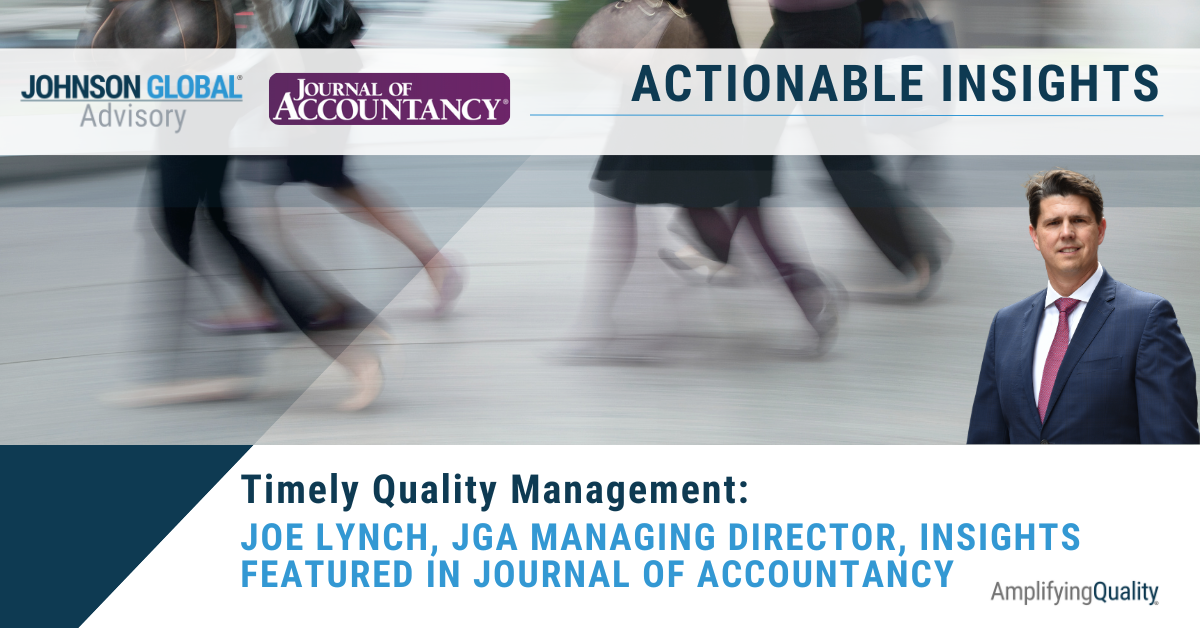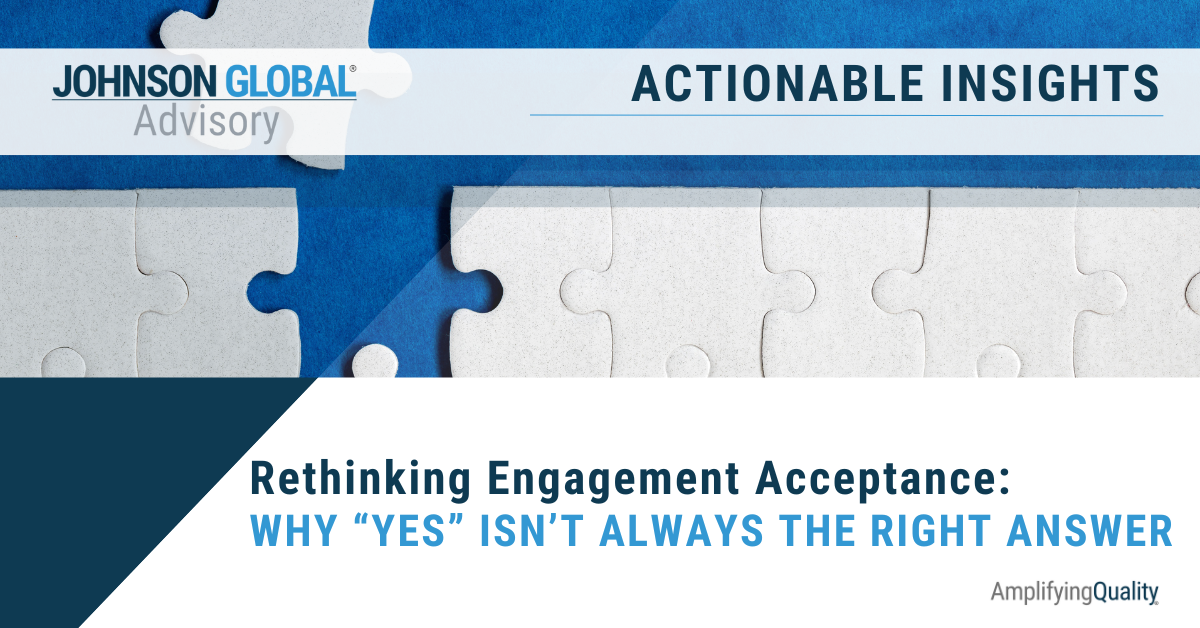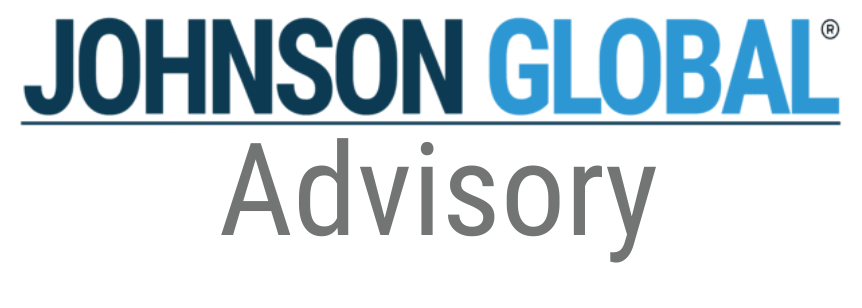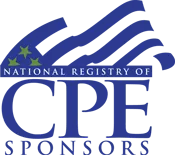'What's Past is Prologue'

The news these days is rather doom and gloom. Some might argue that’s par the course since the advent of the 24 hour news cycle, but even more so today it seems, whether it’s record high unemployment, extreme stock market volatility, spikes in coronavirus cases and deaths, black lives matter protests and heated confrontations with authorities throughout the nation, the start of hurricane and tropical storm season, completely polarized political conflicts or any number of other challenging headlines.
If we narrow the scope to the accounting and auditing industry, well, it’s much the same. We’ve heard the rumors and some of us are living the reality of the rumors; performance based layoffs at this firm (although most suspect there’s certainly some economic motivation behind the layoffs), pay freezes at that firm, no bonuses at another firm, employment offers rescinded. It’s a challenging time we’re living through.
While shocking, it’s nothing new. Many of the headlines literally read like repeats from the 2008 financial crisis, almost word for word. Perhaps Shakespeare was right, “what’s past is prologue. 1 ”
The current environment brings back my own memories from the 2008 financial crisis. I had my first promotion to Senior Associate. Being only a couple years out of college, I was so excited to finally get a decent bump in my salary and start living less like a college kid on a penniless budget. And then the news came that there would be no raises that year, except for promotes who would receive a standard 5% increase. “WHAT? 5% in a promotion year? That’s it?!” I remember thinking to myself. In the moment it felt unfair, though generous in comparison to my colleagues who otherwise received no increase or in comparison to any number of friends who lost jobs or foreclosed on homes during those first few years of the recession.
For my generation, that was the worst economic crisis we had lived through and gave some perspective on the Great Depression, though it was clearly not the same. Never in my life did I think I would experience something on the same scale economically and yet, speculation dictates that the economic impact and duration of the COVID-19 crisis could be far worse than that the 2008 financial crisis. Wow.
Life has changed with supply chain disruptions, social distancing, remote working, and online purchasing. In March and April, it was new and “temporary” and now, at the end of July, it feels more indefinite. Invariably these changes will have a lasting impact, but much like the Great Depression and the 2008 financial crisis, we will find a way. Both of these crises devastated the economy and yet, they then paved way for some of the largest economic expansions in the history of the United States.
Currently, we are breaking at the seams and yet, the world will find a way and reconstruct and in theory, we’ll be stronger than before. It reminds of the Japanese art form of kintsugi, repairing broken pottery by mending the cracks with gold and silver. The breaking is part of the process; it is change that we must accept. And through the breaking, we make room for a new, more beautiful, stronger version of what we had before. While I don’t know how long this pandemic will last or what we will lose along the way, I am confident that we will endure and, in the end, we will learn to thrive again. So take courage, even if just for this moment.
1 The Tempest, William Shakespeare
Dane Dowell is a Director at Johnson Global Accountancy who works with PCAOB-registered accounting firms to help them identify, develop, and implement opportunities to improve audit quality. With over 12 years of public accounting experience, he spent nearly half of his career at the PCAOB where he conducted inspections of audits and quality control. Dowell has extensive experience in audits of ICFR and has worked closely with attorneys in the PCAOB’s Division of Enforcement and Investigations. Prior to the PCAOB, he worked with asset management clients at PwC in Denver, Singapore, and Washington, DC.
